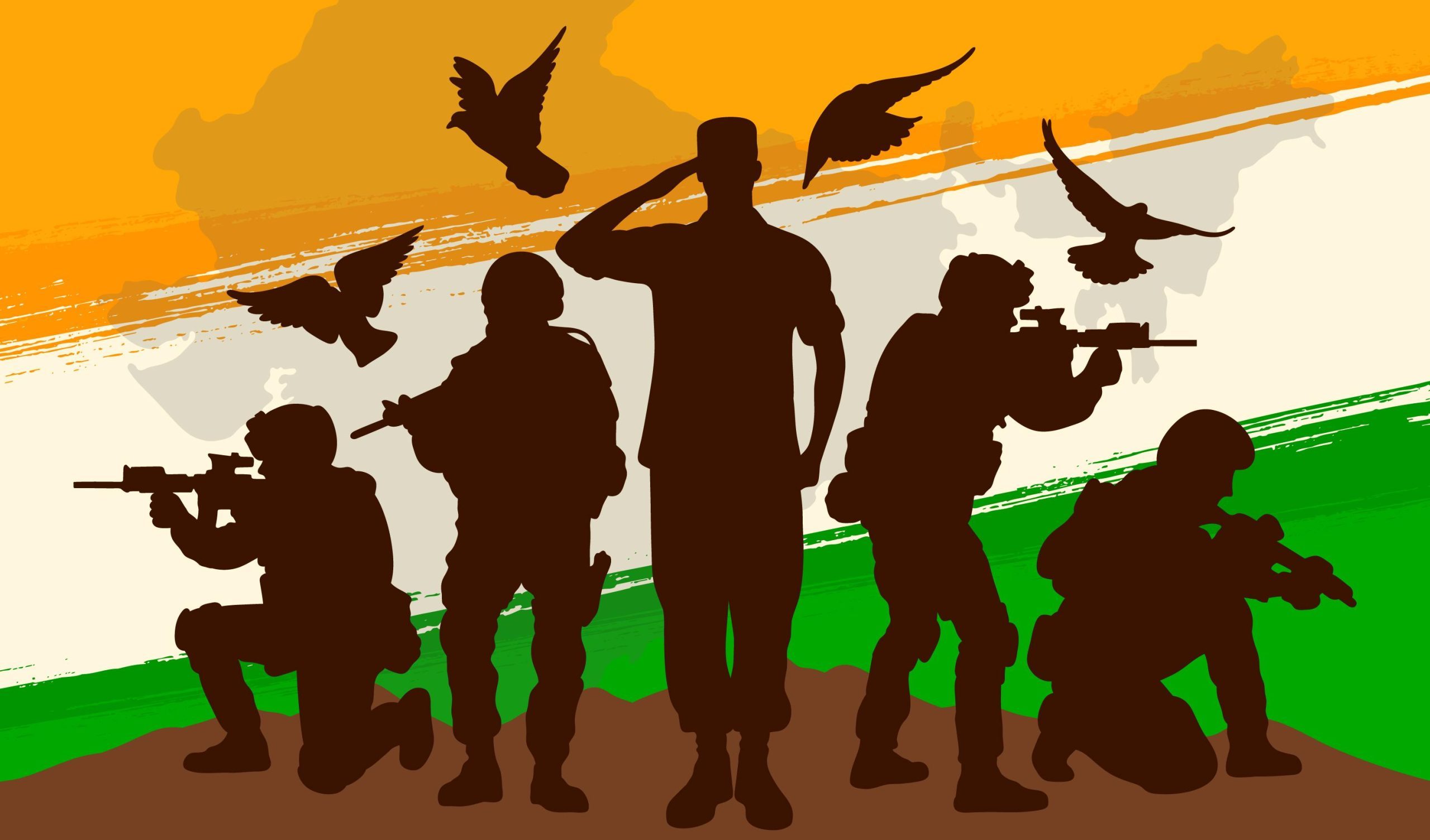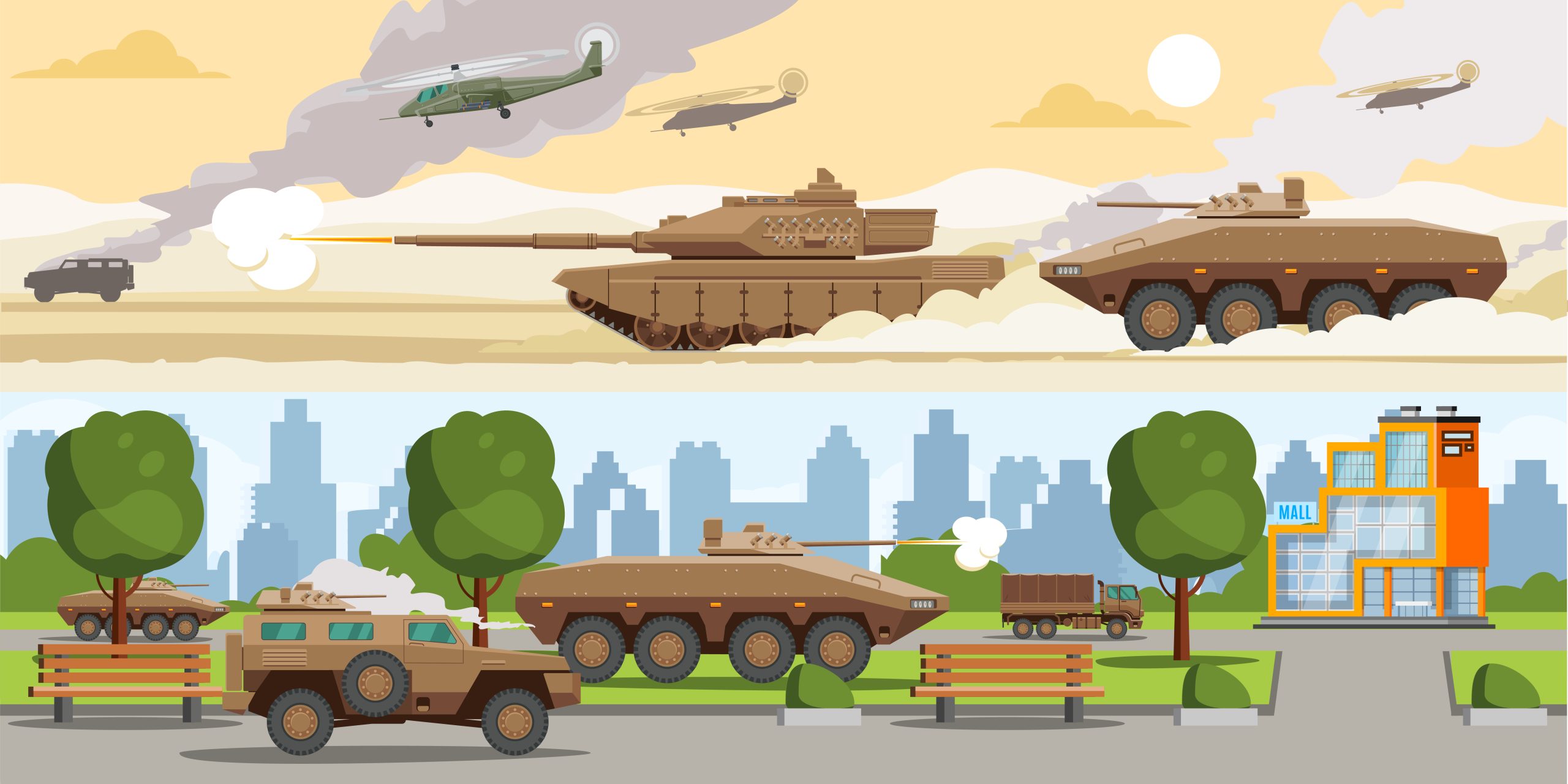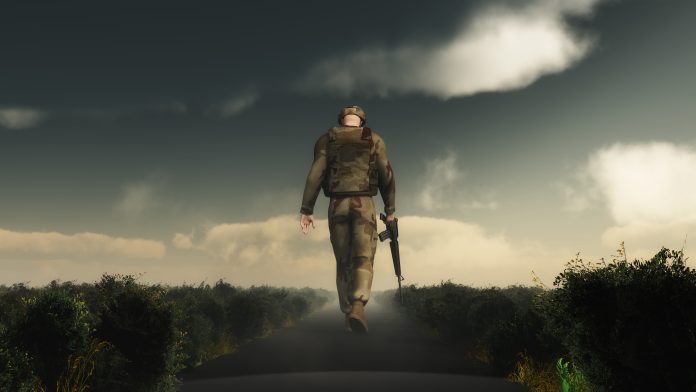- People closely following the military apparatus of the Indian nation would be quite aware of the command structure in the three arms of the armed forces viz. the Army, the Air Force, and the Navy. It is pertinent to note that there are efforts underway for long to introduce theatrisation plans for the Indian armed forces to achieve a joint command structure for ease of administering military apparatus in line with the lean and mean modern fighting forces. As you are aware, the Indian military commands are a total of seventeen in number representing three services strategically established across the geography.

pc: freepik
- Against this backdrop, the Indian Navy Chief’s comments on the Indian armed forces’ theatrisation plan make for interesting reading. The new Navy Chief recently mentioned that the US military took 50 years to achieve its joint command structure raising eyebrows from certain quarters who were not amused by what the Admiral had to say on the matter. Although the Admiral later clarified that he was not implying that it would take a similar amount of time to establish India’s joint theatre commands, there was no denying he was laying thrust to highlight the complexities involved in establishing the much-needed unified fighting units.
- Many of the advanced countries have succeeded in reorganizing their military forces making them better prepared for the eventualities. Nonetheless, the changing nature of security threats and warfare means that a great degree of jointness is warranted among the three services. It is easier said than done though as the present-day technology-driven military warfare demands introducing a whole new culture and thinking where the services transform themselves from individual warfighting units to training their personnel to operate under joint command. This requires not only a comprehensive consolidation of warfighting assets and streamlining of personnel to make the services leaner, but also better trained and agile to face any challenges that may arise in the future.

PC: macrovector
- Interesting to note that the US military’s joint command is the outcome of the 1986 Goldwater-Nichols Defence Reorganisation Act creating the unified combatant commands headed by four-star Generals or Admirals. Noteworthy that none of the US service chiefs exercise the authority of the unified commands. As such, if the Indian military is to adopt a similar approach, it would need to completely flatten its highly pyramidal command structure. Of course, herein lies the crux of the challenges as the theatrisation would need both a clear chain of command and some degree of dilution of hierarchies while dissolving fiercely protected turf boundaries.
- For instance, it needs to be clearly defined whether political leadership should communicate with the Chief of Defence Staff, Service Chiefs, or the prospective theatre commanders. Add to the conundrum the tricky issue of ownership of assets and their allocation to the joint commands, the complexities will only increase. Thus, given the knotty complexities involved, the political leadership should take a decisive call on operational matters and clearly layout responsibilities. If not, proposed theatrisation will be mired in inter-services tussles defeating the very purpose of envisaging to establish joint commands.






